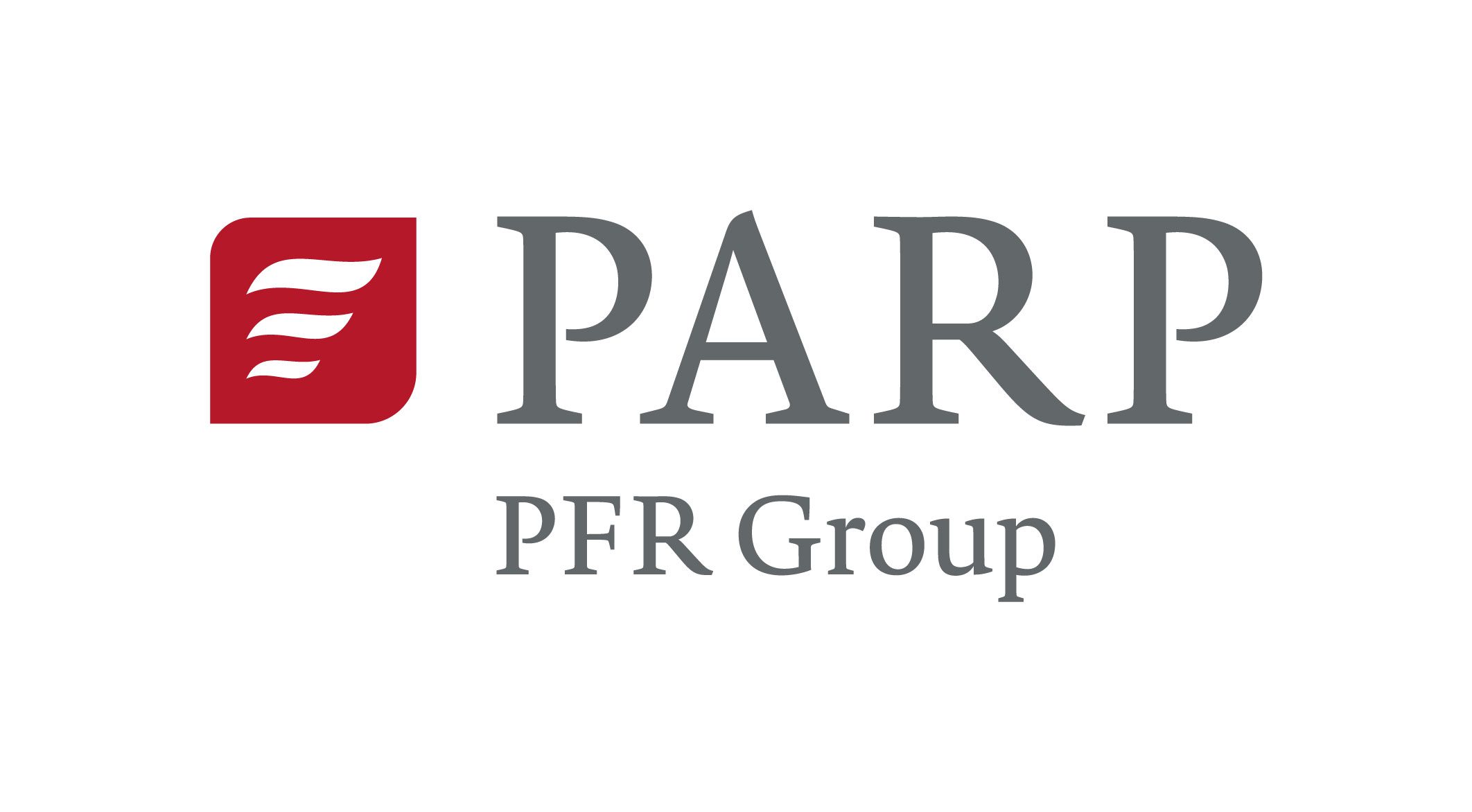Poland – A European Distribution Centre
04.04.2025
A decade ago, the warehouse market in Poland was the domain of regional operators and local investors. Today, it attracts global players, and logistics warehouses are growing around the largest cities and along major transport corridors. What makes Poland one of the most attractive warehouse markets on the continent?

In 2024, Poland maintained its leading position among Central and Eastern European countries in terms of the size of modern warehouse space – as much as 34.5 mln m². This is more than in the Czech Republic and Slovakia combined. In 2024 alone, 5.8 mln m² were leased, making this result the third best in the country’s history.
Against this background, Poland appears to be a logistical gateway to Europe – a country with access to the Baltic Sea, bordering Germany, with a well-developed road and rail infrastructure, constituting an ideal distribution base for companies operating simultaneously on many markets.
E-commerce-driven demand and rationality
Logistics companies, retail chains, e-commerce giants – they are the ones driving the Polish market today. Tenants who are already here are increasingly extending their contracts instead of looking for new locations. Why? Firstly, because it pays to stay. Secondly, there is a shortage of workforce, and relocation may mean staffing problems.
In 2024, as many as 42 per cent of concluded contracts are extensions of existing contracts, which shows how stable this operating environment is. Despite the high proportion of contract renewals, net demand – i.e. the actual increase in demand – rose to 3.4 mln m². The largest amount of space was leased in the Warsaw agglomeration, which accounted for over 1.3 mln m² of all concluded contracts.
Fewer new warehouses, but more thoughtful investments
In 2024, 2.6 mln m² of modern warehouse buldings were completed in Poland – this is 30 per cent less than in the record years of the pandemic, but still more than before 2020. This is not so much a sign of weakness but a correction of a mature market. Developers today prefer to build less, but better. Despite the high proportion of contract renewals, net demand – i.e. the actual increase in demand – rose to 3.4 mln m². The largest amount of space was leased in the Warsaw agglomeration, which accounted for over 1.3 mln m² of all concluded contracts. Lower Silesia (south-western Poland), Łódź Voivodeship (central Poland) and Mazovia (central-eastern Poland) – these are the three most active regions in terms of supply.
At the end of 2024, the construction of 1.8 mln m² of new warehouse buildings was underway in Poland. Interestingly, almost half of them were built without signed lease agreements – investors decided to take a risk, hoping to find tenants after the completion of the works. This shows how much confidence they have in the stability and potential of the Polish market.
Vacancies? Rather room for manoeuvre
The vacancy rate was 7.5 per cent at the end of 2024 – stable, with no sharp increases. This is a healthy indicator, giving tenants a certain margin of choice, but not disturbing the balance on the market. Importantly, emerging locations, such as Podlasie or Warmian-Masurian Voivodeship, have virtually zero vacancy rates. There is a lack of new supply, but the potential is huge.
Warehouse as an investment product
For foreign investors, Poland is now a “core+” market. In 2024, the industrial sector accounted for 25% of the value of all commercial real estate transactions, reaching EUR 1.26 bln. This included, for among other things, the purchase of logistics park packages by funds from the Czech Republic, the USA and South Africa. Interestingly, some players buy ready-made objects from developers instead of building. Cheaper, faster, with less risk.
In 2024, investors were ready to pay more and more for the best warehouses in Poland. This is evidenced by the so-called capitalization rate – an indicator showing what percentage of rental profit is received in relation to the purchase price of the property. For large big box warehouses, the cap rate fell to around 6.5 per cent, and for urban projects – even below 6 per cent.
What does this mean in practice? The lower the rate of return, the more expensive the property – investors pay more, although the potential rental profit is the same. Why? Because they consider the market to be stable, reliable and safe. Such behaviour is a signal of great confidence in Poland’s long-term potential . Capital flows where there is predictability, development and strong foundations.
And what about rents? Stable and still cheaper than in Western Europe
Poland remains very competitive in terms of costs. In modern logistics centres, rents ranged from EUR 4 to EUR 5.5/m²/month, in older facilities – even from EUR 3.6. For comparison: in Germany and France, rates are sometimes higher by 30-40 per cent, and in the Czech Republic by 15-20 per cent.
Slightly higher rents apply only to new investments in the best locations – such as the city of Warsaw, where prices reached EUR 7.25. But even there, investors are aware that they are paying for a premium location.
What next? ESG, e-commerce and data centres
The year 2025 promises to be a time of moderate but balanced growth. Optimization of operating costs, implementation of ESG principles and further development of e-commerce come to the fore.
Investments related to data centres are a new trend – if energy availability allows, Poland may become their important hub. Great potential can also be seen in BTS (build-to-suit) facilities, designed for a specific tenant, and in sale & leaseback transactions, i.e. situations in which a company sells its property and then continues to use it as a tenant, turning frozen capital into cash without the need for relocation.
In turn, the possible reconstruction of Ukraine in the next few years will potentially reorganize logistics chains in the region. In such a scenario, Poland would have a chance to play the role of the main partner of its eastern neighbour.
Why is it worth observing Poland?
For companies looking for a cost-effective, well-connected and stable place to conduct logistics operations, Poland is today one of the most interesting places on the map of Europe. Attractive rates, a wide range of space, ready-made infrastructure and access to the EU market – these are the advantages that are difficult to ignore.
It is worth keeping your finger on the pulse, because everything indicates that Polish warehouses will continue to grow for a long time – and not only upwards, but also strategically.
Source: AXI IMMO,The warehouse market in Poland
Spis treściTable of contents
- Introduction
- E-commerce-driven demand and rationality
- Fewer new warehouses, but more thoughtful investments
- Vacancies? Rather room for manoeuvre
- Warehouse as an investment product
- And what about rents? Stable and still cheaper than in Western Europe
- What next? ESG, e-commerce and data centres
- Why is it worth observing Poland?
- Everything
- News (263)
- Events (160)
- Get Support (82)
- Polish companies (1025)
-

GETSIX POLSKA SPÓŁKA Z OGRANICZONĄ ODPOWIEDZIALNOŚCIĄ
Business servicesShow allShow more Show lessTax services, Accounting and Payroll – Professional outsourcing services in Poland. getsix® offers accounting, bookkeeping, payroll and tax services with a particular focus on the needs of medium-sized and large companies. For foreign investors in Poland we offer support in all activities related to setting up a branch or a company and running its accounting and payroll. We operate 6 offices throughout Poland, supported by a professional team fluent in both English and German.

us4us sp. z o.o.
Other goodsShow allShow more Show lessUS4US is a Polish hi-tech company specializing in advanced, customizable ultrasound systems for medical and industrial use. Our open, GPU-accelerated platforms support real-time imaging, raw RF acquisition, and integration with Python, MATLAB, and C/C++. Dedicated for research and OEMs, US4US enables rapid development of new imaging solutions through high-speed data streaming and flexible, software-defined ultrasound technology.
 Article
ArticlePoland drives the Startup revolution in Central and Eastern Europe
Polish companies rank among those with the highest potential to become unicorns

Biuro Rachunkowe KZ
Business servicesShow allShow more Show lessWe specialize in providing comprehensive accounting, tax, and HR and payroll services for entrepreneurs. We support both sole proprietors and companies, tailoring our services to meet each client’s specific needs. Our approach is grounded in current legal and financial knowledge, supported by modern solutions that ensure safety, efficiency, and peace of mind in business operations.
-
 Article
ArticlePoland drives the Startup revolution in Central and Eastern Europe
Polish companies rank among those with the highest potential to become unicorns
 Article
ArticleTripling high-tech exports in the last 15 years
In 2024, exports of high-tech products from Poland reached EUR 37.25 bln, up 10.1% year-on-year
-
 Event
EventAGRO SHOW 2025
International Exhibition – Agro Show 2025 will be held between the 19th-21st September 2025, in Bedn…
 Event
EventKIELCE IFRE-EXPO 2025
The 5th International Trade Fair of Fire Brigade and Rescue Services Equipment will be held between …
-
 Institution
InstitutionPolish Investment and Trade Agency (PAIH)
The Polish Investment and Trade Agency (PAIH) is the partner of first-resort for entrepreneurs when …
 Institution
InstitutionPolish Agency for Enterprise Development (PARP)
Polish Agency for Enterprise Development (PARP) mission is an implementation of economical developme…
-

GETSIX POLSKA SPÓŁKA Z OGRANICZONĄ ODPOWIEDZIALNOŚCIĄ
Business servicesShow allShow more Show lessTax services, Accounting and Payroll – Professional outsourcing services in Poland. getsix® offers accounting, bookkeeping, payroll and tax services with a particular focus on the needs of medium-sized and large companies. For foreign investors in Poland we offer support in all activities related to setting up a branch or a company and running its accounting and payroll. We operate 6 offices throughout Poland, supported by a professional team fluent in both English and German.

us4us sp. z o.o.
Other goodsShow allShow more Show lessUS4US is a Polish hi-tech company specializing in advanced, customizable ultrasound systems for medical and industrial use. Our open, GPU-accelerated platforms support real-time imaging, raw RF acquisition, and integration with Python, MATLAB, and C/C++. Dedicated for research and OEMs, US4US enables rapid development of new imaging solutions through high-speed data streaming and flexible, software-defined ultrasound technology.

Biuro Rachunkowe KZ
Business servicesShow allShow more Show lessWe specialize in providing comprehensive accounting, tax, and HR and payroll services for entrepreneurs. We support both sole proprietors and companies, tailoring our services to meet each client’s specific needs. Our approach is grounded in current legal and financial knowledge, supported by modern solutions that ensure safety, efficiency, and peace of mind in business operations.

CEZAR PRZEDSIĘBIORSTWO PRODUKCYJNE DARIUSZ BOGDAN NIEWIŃSKI
Renovation and construction materialsShow allShow more Show lessCezar specializes in the production and sale of skirting boards, profiles, tile and terracotta angles, as well as wall panels and roof soffits. They also offer mounting accessories and decorative stucco. Additionally, they provide DIY profiles.
The Export Promotion Portal uses cookies to make it easier for users to use the website and for statistical purposes. If you do not block these files, you agree to their use and saving in the memory of your computer or other device. Remember that you can change your browser settings to block the storage of cookies. More information can be found in Privacy Policy and Terms and conditions.





